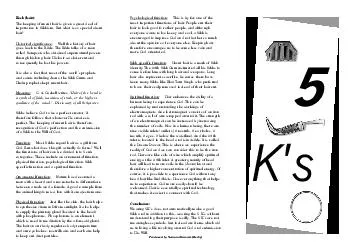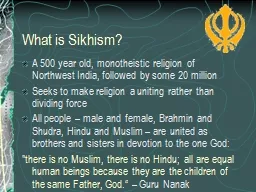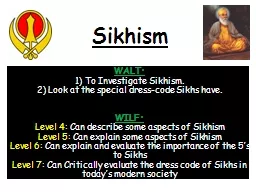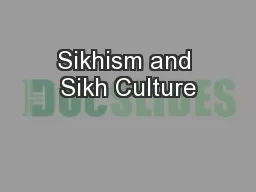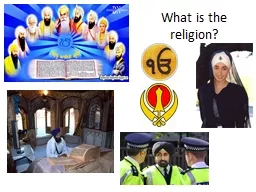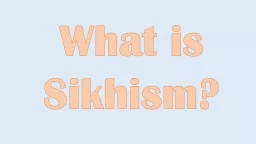PDF-Kesh hair Kesh hair The keeping of uncut hair is given a great deal of importance in Sikhism
Author : karlyn-bohler | Published Date : 2015-01-16
But what is so special about hair His torical significance Well the history of hair goes back to the Bible The Bible talks of a man called Sampson who obtained supernatural
Presentation Embed Code
Download Presentation
Download Presentation The PPT/PDF document "Kesh hair Kesh hair The keeping of uncut..." is the property of its rightful owner. Permission is granted to download and print the materials on this website for personal, non-commercial use only, and to display it on your personal computer provided you do not modify the materials and that you retain all copyright notices contained in the materials. By downloading content from our website, you accept the terms of this agreement.
Kesh hair Kesh hair The keeping of uncut hair is given a great deal of importance in Sikhism: Transcript
Download Rules Of Document
"Kesh hair Kesh hair The keeping of uncut hair is given a great deal of importance in Sikhism"The content belongs to its owner. You may download and print it for personal use, without modification, and keep all copyright notices. By downloading, you agree to these terms.
Related Documents

